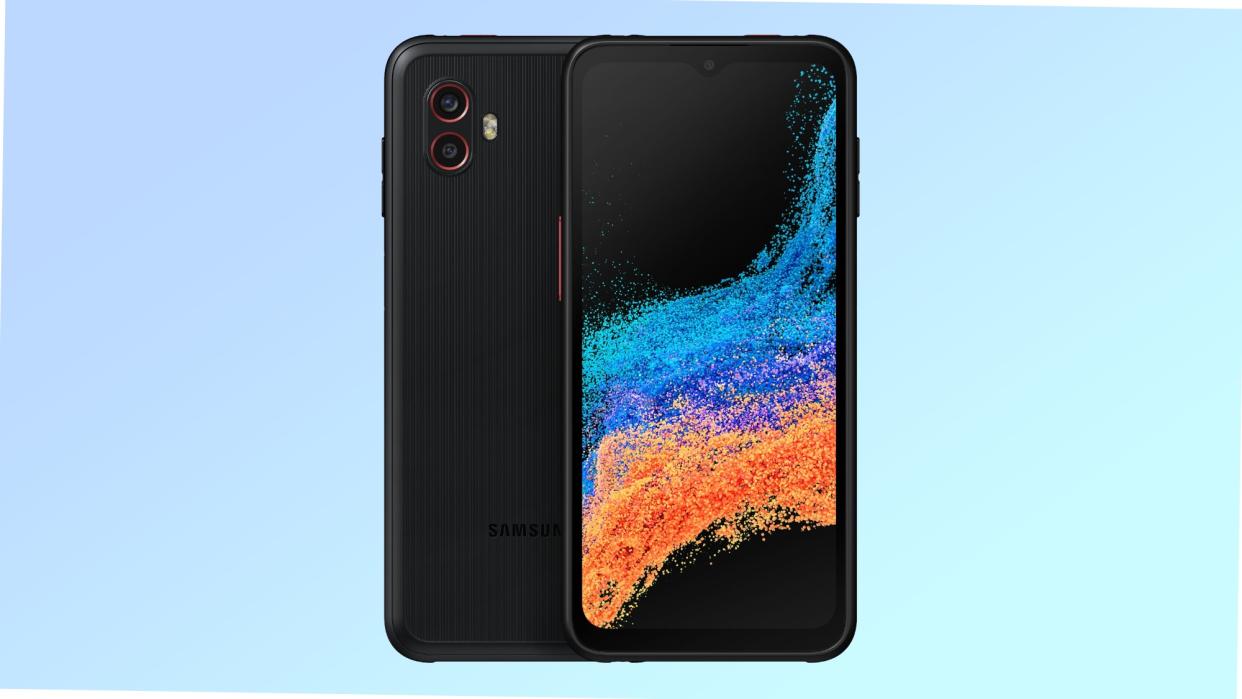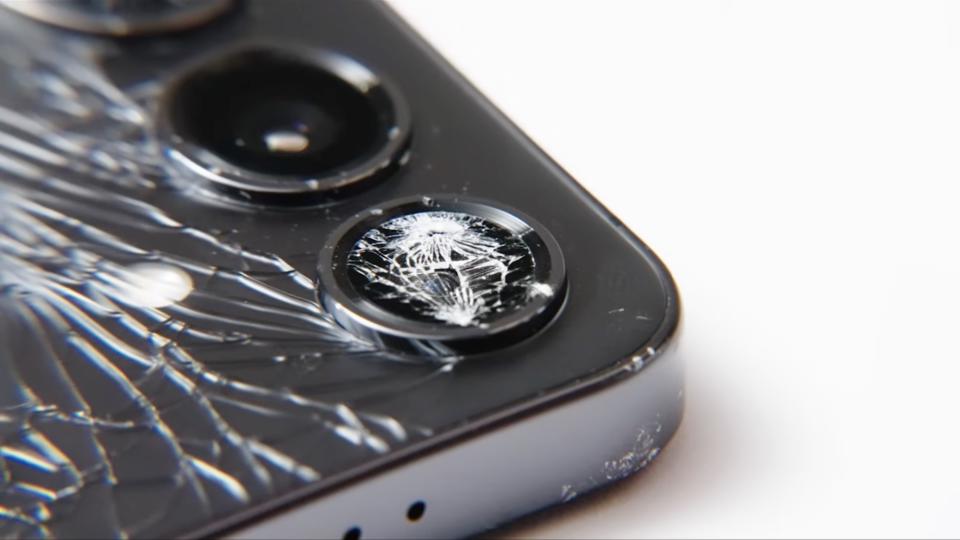Forget the frail titanium Galaxy S24 Ultra — Samsung needs to bring back the Galaxy Active

The Galaxy S24 series offers customers many great things, including a wealth of AI features. However, there seems to be a disturbing trend when it comes to the phones’ durability. Recent tests from Allstate show that the phones are less durable than the Galaxy S23 series, at least when it comes to falls from six feet.
This frailty is nothing new with modern smartphones, in truth, they have been relatively frail since the Galaxy S6. However, for those who wanted something a bit more robust, there was another option available: Samsung's line of Galaxy Active phones. Now, if you have never heard of them I won't hold it against you. The premise was quite simple, imagine a phone but with a hardier case designed for use in the outside world. The Active had its ups and downs in popularity but remained a part of the Samsung lineup from the Galaxy S6 Active to the Galaxy S8 Active.
There was a model based on the Galaxy S9, but it never saw the light of day and was a reported model but it never saw release and was cancelled. However, the design did remain in one form, namely the tactical editions of future Galaxy phones. These are primarily designed for the military and first responders and have several specific features to help these responders do their jobs. I don't know why the Active line was cancelled but I wonder if it is time to see it return?

I know that the Active feels like the antithesis of the current smartphone design. For the most part, they aren't sleek and they look blocky and can be uncomfortable to hold. However, modern smartphones can cost easily over $1,000 and then you need to add the cost of a reasonably good case, insurance and any potential damage repairs. For a lot of people, this becomes an unreasonable ask and is a massive financial burden, especially when it breaks.
So hear me out: bring back the Active model for those that want it. It wouldn’t be too hard, at least in principle. Recently I wrote about how I felt that the Plus model of Samsung phones had become somewhat redundant. They don’t usually sell as well as the other phones. As such, why not remove them and replace them with an Active model?
There are several benefits to this, at least as far as I can see, the first being that there would be an actual difference between the three models. The base Galaxy phone would be the cheapest option, then the Ultra would have the more advanced hardware and the Active would be the most robust. This gives the customer more choice than is currently available, especially as hardware variations appear to be reducing as time goes on.
One of the biggest costs of modern smartphones is repairing the glass and screens when they get damaged. It is very easy to break most phones, even on the smallest of drops and the screen can crack with relative ease. Modern developments in glass strength have indeed made scratches less of a concern, as we saw in the Galaxy S24's JerryRigEverything test, but cracks are hard to defend against.

The issue is that cracks often form due to small amounts of damage between the bezel and the screen. This can be anything from a deep scratch to the bezel changing shape due to damage and putting pressure on the glass. You can use titanium to limit this, but it won't stop it forever and, as we saw in the drop test, it doesn't always add all that much durability.
An Active model counters this by focusing on making the bezel thicker and out of a more durable material. It usually consists of plastic and metal bumpers that absorb some of the impact. The trade-off for this is that it often looks clunky. The Active also extends the frame outwards from the screen so that drops hit it long before the glass. This is less stylish and certainly affects how seamless the screen looks but for many people, it might be a fair trade-off.
There is one issue when it comes to the Active model; they are historically more expensive. The Galaxy S8 Active was around $100 more than the base Galaxy S8 at the time and this was quite a big issue. However, current Plus models are usually the same price difference and, if we look at the Galaxy S24 Plus, don't really seem to offer as much difference as an Active variant would.
This is all conjecture of course, and the likelihood of it happening is probably very small. However, the recent drop test does show that Samsung needs to look into its design and see where this fault is occurring. Alternatively, bring back the Nokia 7310, as that could take being dropped from a building with little issue.

